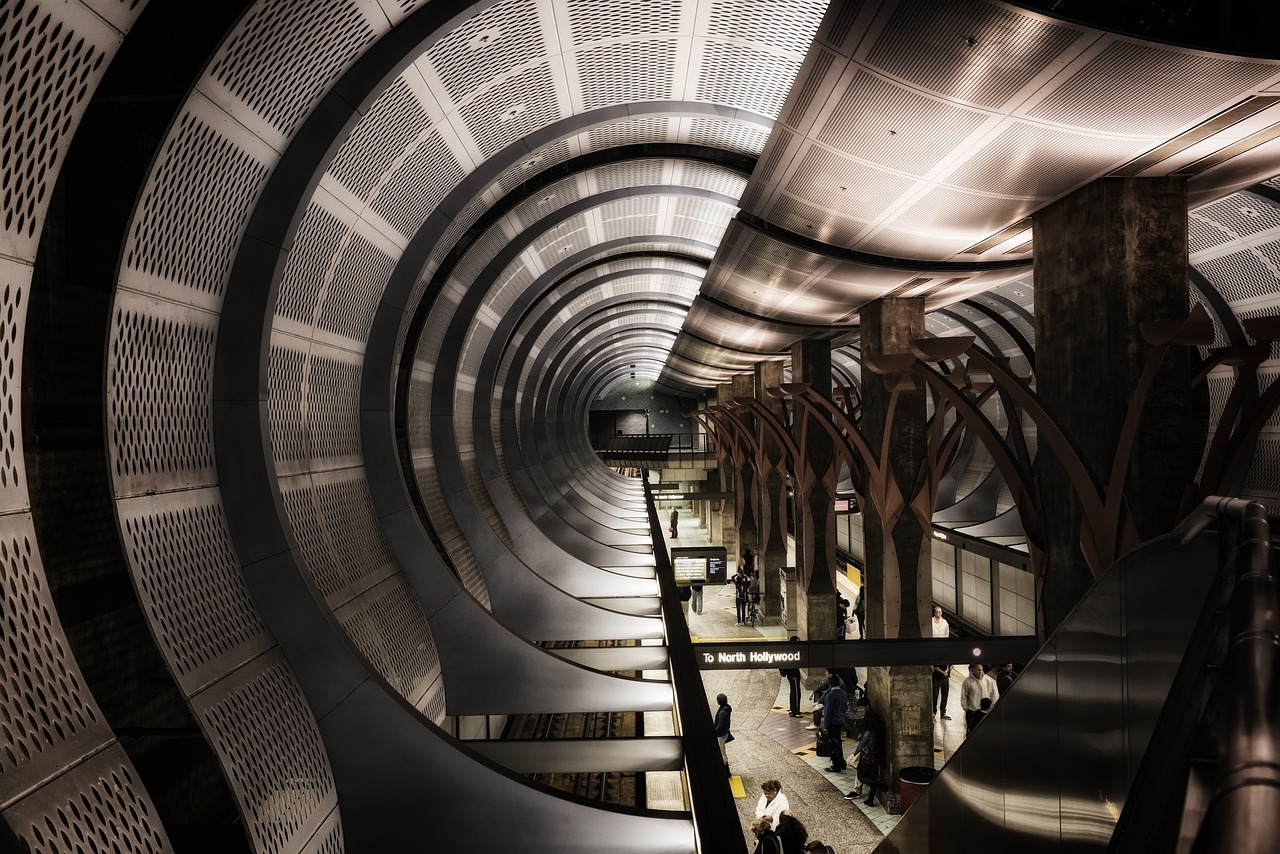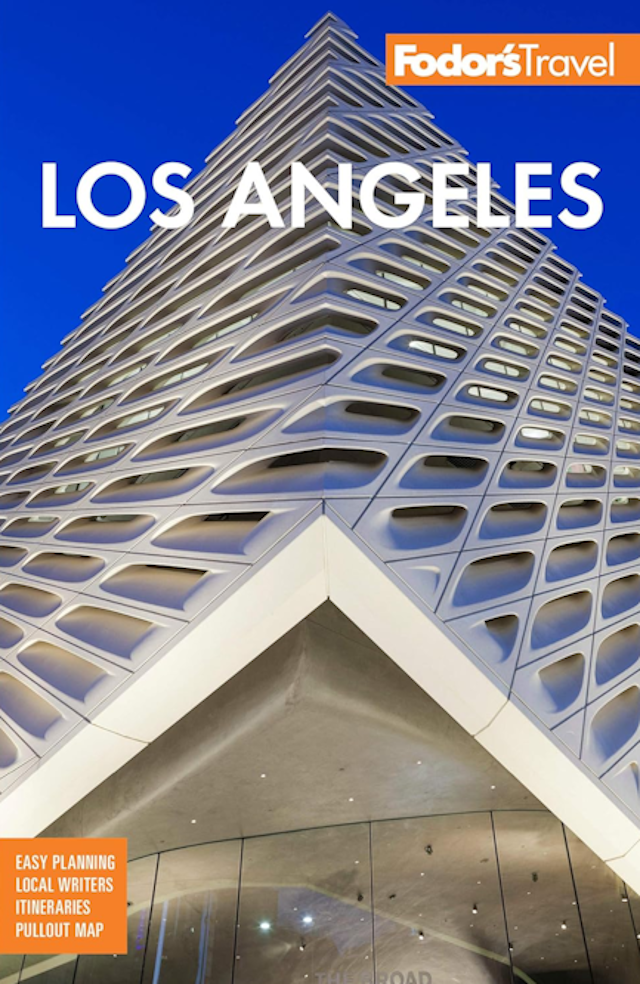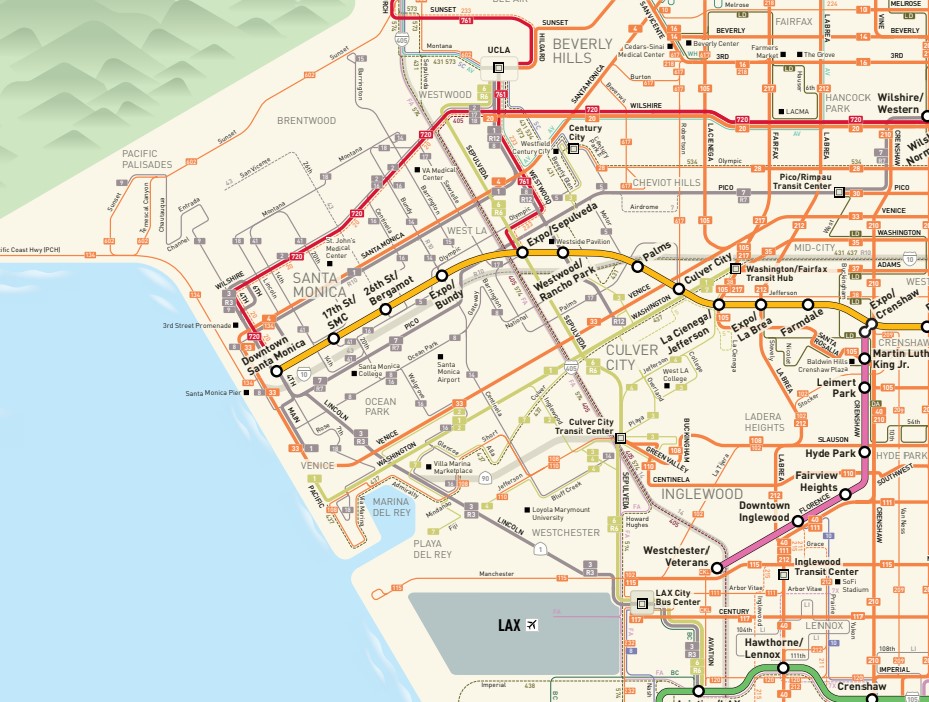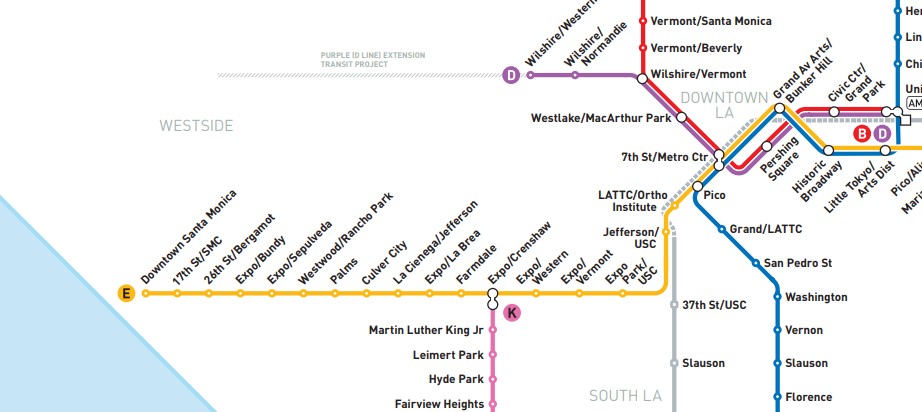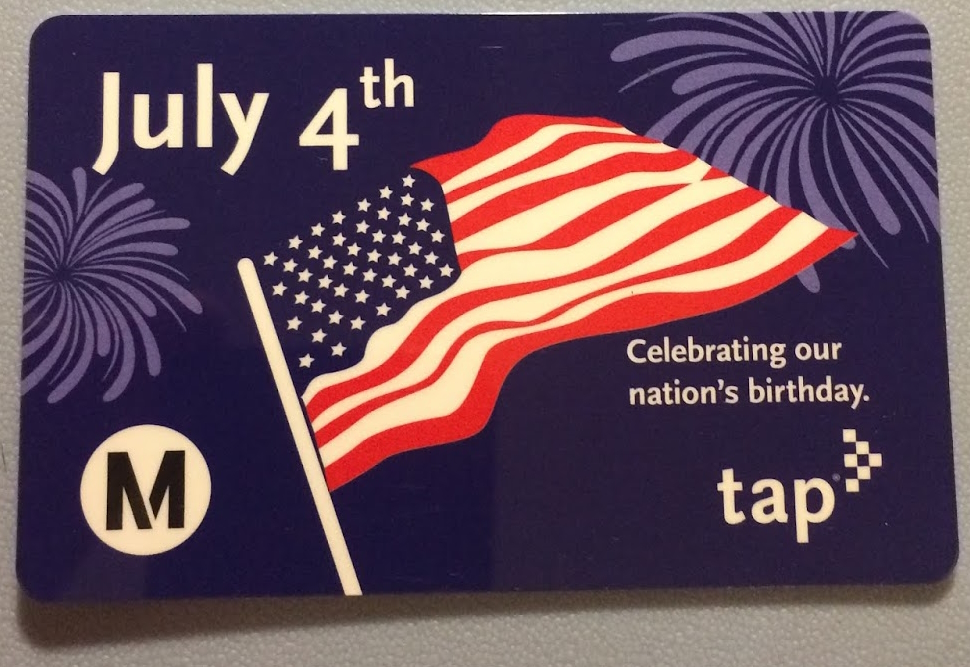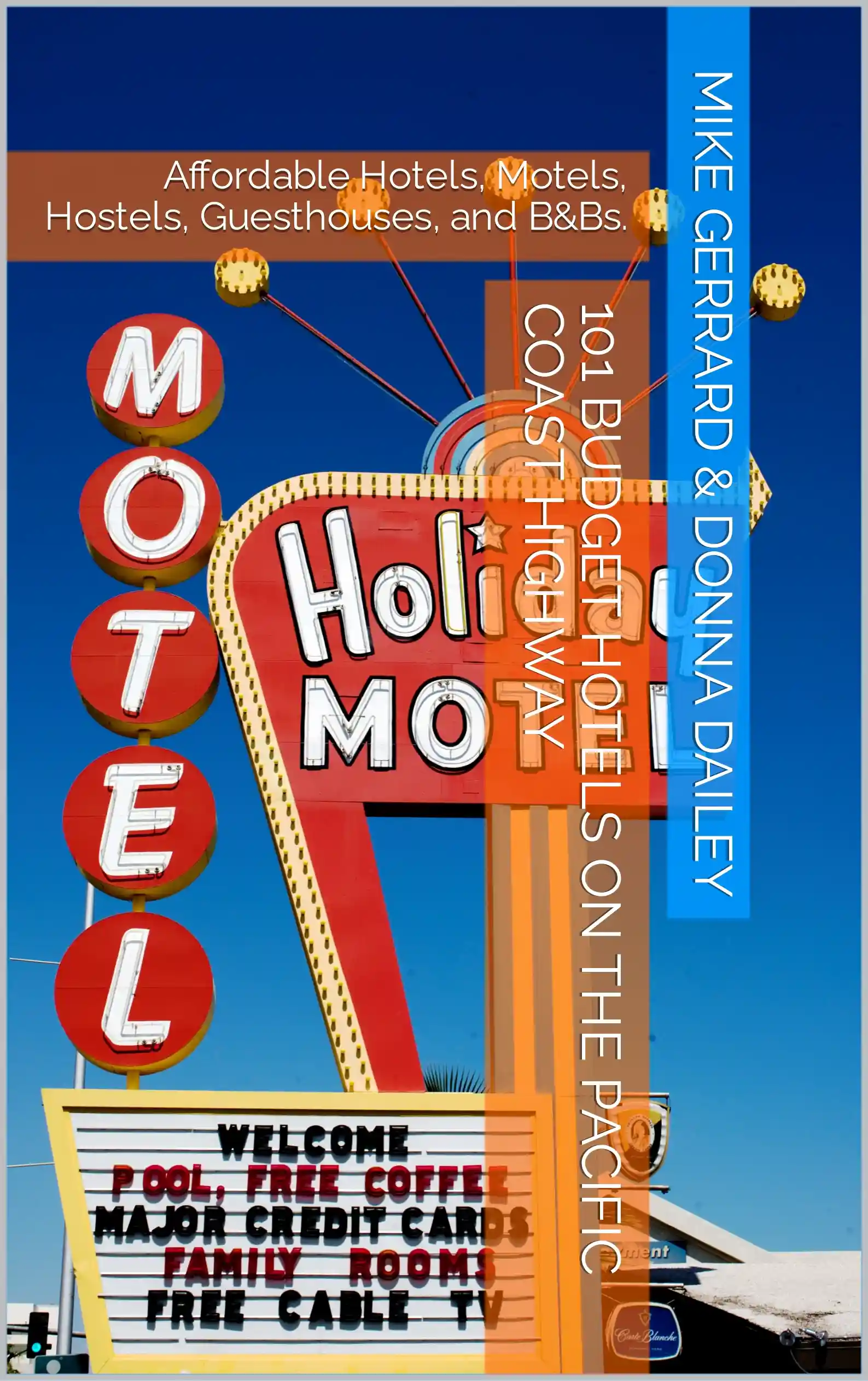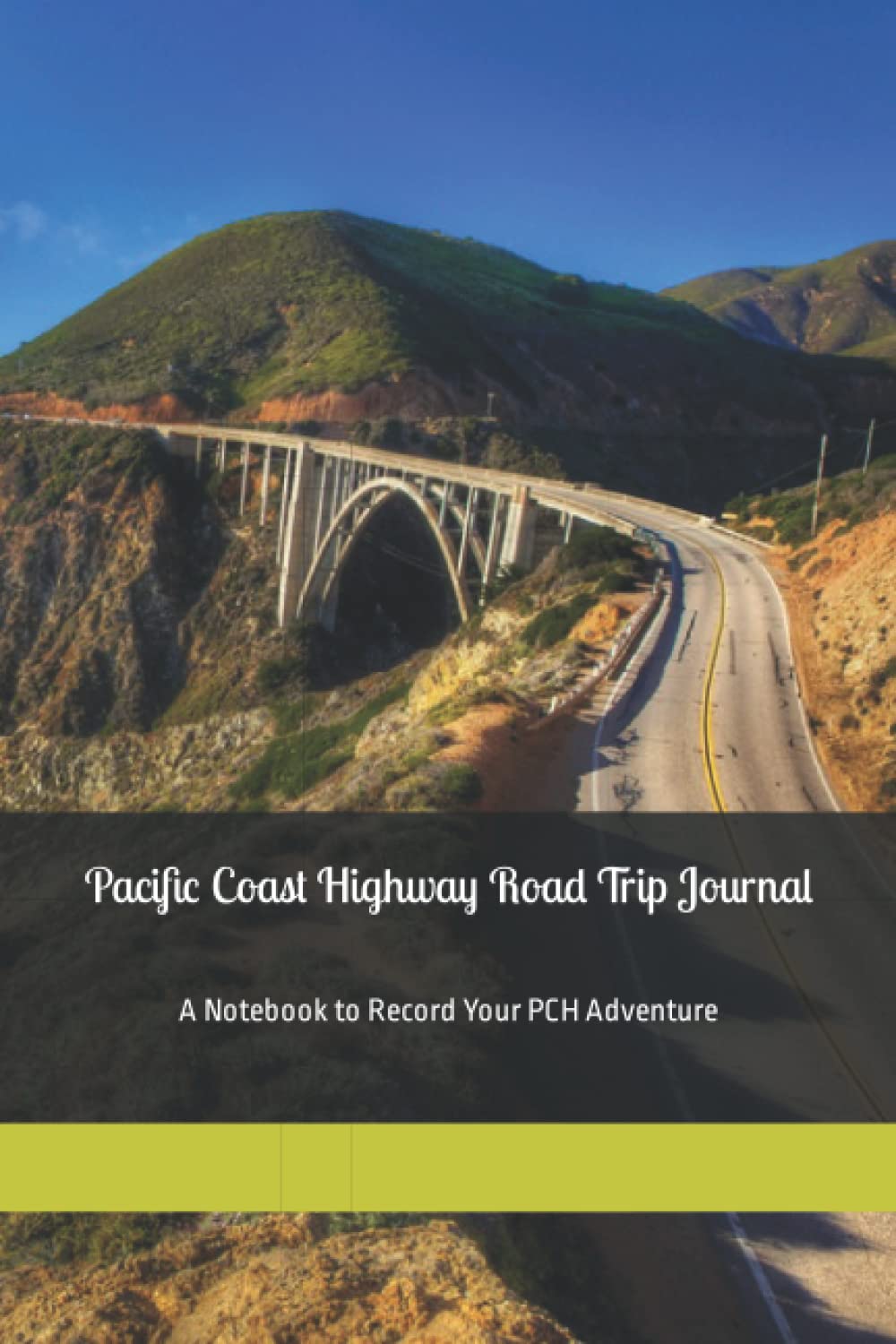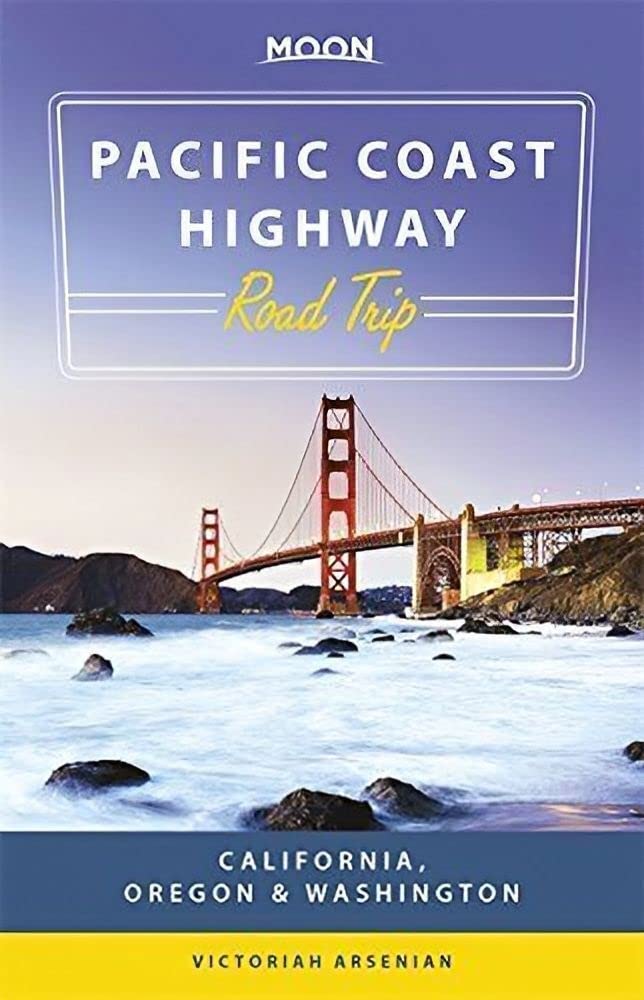- HOME
- PLACES
- Los Angeles
- Public Transport in Los Angeles
Public Transport in Los
Angeles
Pacific Coast Highway Travel brings your guide to public transport in Los Angeles to show how you can get around in the city without a car, even to the beaches.
Los Angeles has a comprehensive public transportation system that provides an alternative to driving in this sprawling city.
Public Transport in Los Angeles
Metro Rail
Los Angeles has a Metro Rail system that includes multiple lines serving various parts of the city.
These lines are color-coded, with the Red Line connecting Downtown LA to North Hollywood, the Blue Line running from Long Beach to Downtown LA, and the Expo Line connecting Downtown LA to Santa Monica, among others.
The Metro Rail is a convenient way to get around the city while avoiding traffic.
Metro Bus
The Los Angeles County Metropolitan Transportation Authority (Metro) operates an extensive bus network that covers virtually all parts of the city and surrounding areas.
Buses are a flexible and cost-effective way to
navigate Los Angeles, with routes running throughout the day and some even
operating 24/7.
You can get a map of the bus and rail system here. And here’s a small section of it as a sample of what you get. You can scroll around, zoom in and out, download it to your phone as a PDF or print it out, though we found that tricky. Having it on the phone or a tablet worked best.
Commuter Express
Commuter Express is a network of express bus routes that
primarily serves commuters traveling to and from Downtown Los Angeles from the
suburbs and nearby regions. These buses are known for their comfortable and
efficient service.
You can download a PDF of the Los Angeles Commuter Express system here.
Where to Stay in LA
Light Rail
Apart from the Metro Rail, there are light rail lines like
the Gold Line, which connects East Los Angeles to Pasadena, and the Green Line,
which runs from Norwalk to Redondo Beach. These light rail lines provide
additional transit options for residents and visitors.
You can download a PDF of the Light Rail and Busway (Go Metro) map here. And here’s a small section showing how easy it is to get from downtown LA to Santa Monica.
Rapid Bus
Metro operates Rapid Bus lines, which are designed to offer
faster service by making fewer stops. These routes are a great way to get
around the city more quickly.
TAP Card
The TAP (Transit Access Pass) card is a reusable, reloadable
smart card that allows you to pay for Metro Rail, Metro Bus, and other transit
services. It simplifies the fare payment process, as you can load the card with
funds and tap it to board public transportation.
You can purchase a TAP (Transit Access Pass) card in Los Angeles at various locations, including participating vendors and transit centers. Here are some options to obtain a TAP card:
TAP Vendors: TAP cards are available at participating vendors across Los Angeles County. You can use the TAP Vendor Locator to find a vendor near you. Simply enter your location or zip code, and it will provide a list of nearby locations where you can buy or reload your TAP card.
Online: You can order a TAP card online through the official TAP website. After ordering, the card will be mailed to your address, allowing for convenient online purchase and delivery.
Transit Centers: TAP cards are available at various transit centers, including major transit hubs and Metro Rail stations.
Customer Service Centers: Some transit agencies have customer service centers where you can purchase and reload TAP cards. For example, the Los Angeles County Metropolitan Transportation Authority (LA Metro) has customer centers at key locations.
Before purchasing a TAP card, be sure to check the availability of passes and fares, as different vendors may have varying options[3]. Additionally, ensure you have a valid ID and payment method, as well as information about the type of pass or credit you want to load onto your TAP card.
Metrolink
Metrolink is a regional commuter rail service that connects
Los Angeles to nearby cities and suburbs, making it a convenient option for
those traveling into and out of the city.
Bike Share
Los Angeles has implemented a bike-sharing program, allowing
you to rent bicycles at various stations around the city. This is a great way
to explore local neighborhoods and enjoy a more eco-friendly mode of
transportation.
Los Angeles Bike Share System and How It Works
The Los Angeles bike share system, known as "Metro Bike
Share," is a convenient and eco-friendly way to explore the city. Here's
more information about how it works:
1. Bike Stations: Metro Bike Share operates numerous bike stations throughout Los Angeles. These stations are strategically located in neighborhoods, near transit hubs, and popular destinations.
2. TAP Card Integration: One of the unique features of Metro Bike Share is its integration with the TAP (Transit Access Pass) card. If you have a TAP card, you can use it to access the bike share system, making it easy to combine biking with other forms of public transportation.
3. Pass Options: To use Metro Bike Share, you can purchase various pass options. These passes include single ride, monthly, and annual options. The pass grants you access to the bikes for a specific duration, depending on your chosen pass type.
4. Bike Rental: Once you have a pass, you can rent a bike by going to a Metro Bike Share station. Use the Metro Bike Share app or the station kiosk to find the nearest station and available bikes.
5. Unlocking Bikes: To unlock a bike, you can either use the Metro Bike Share app or your TAP card. Simply follow the instructions provided, and the bike will be unlocked for your use.
6. Riding: You can then ride the bike to your destination, enjoying the flexibility of cycling around Los Angeles. When you're done, return the bike to any Metro Bike Share station in the system.
7. Return and Lock: To return the bike, dock it into an available bike station. Make sure it's securely locked to end your trip. Your account will be charged according to your pass type and the duration of your ride.
8. Electric Bikes: Metro Bike Share offers electric bikes (e-bikes) in addition to classic bikes. E-bikes provide an extra boost for easier riding, especially in hilly areas.
9. App and Data: The Metro Bike Share app helps you locate bike stations and provides real-time information about bike availability. Metro also shares anonymized trip data with the public, offering insights into bike usage.
Metro Bike Share is a convenient and sustainable way to explore Los Angeles, and its integration with the TAP card makes it a seamless part of public transport in Los Angeles. Whether you're a resident or a visitor, it provides an excellent option for getting around while reducing your carbon footprint.
Metro to the Beach
The Metro Rail system extends to popular beach destinations such as Santa Monica, making it easy for visitors to reach the
coast without needing a car.
Public transport in Los Angeles has improved in recent years, making it a viable option for both residents and tourists.
It offers an affordable and environmentally friendly way to explore the city, avoid traffic, and access various attractions, neighborhoods, and cultural destinations.
The integrated system of buses and rail lines ensures that you can efficiently navigate this vast metropolis.
Recent Articles
-
Back-to-back storms slam West Coast, bringing heavy rain, extended flash flood threat
Jan 04, 26 10:05 AM
The West Coast from California up into the Pacific Northwest is seeing an active weather pattern filled with back-to-back storms to start off the year. -
Caltrans Announces Weekly Road and Lane Closures on Pacific Coast Highway and Topanga Canyon Boulevard
Jan 04, 26 10:05 AM
Pacific Coast Highway (PCH/State Route 1) from Temescal Canyon Road in Pacific Palisades to Carbon Beach Terrace in Malibu -
Officials Brace For More Storm Damage In Malibu Area, Major Road To Close
Jan 02, 26 10:52 AM
Caltrans officials are concerned about more damages on already-saturated slopes on major roads in the Malibu area.
